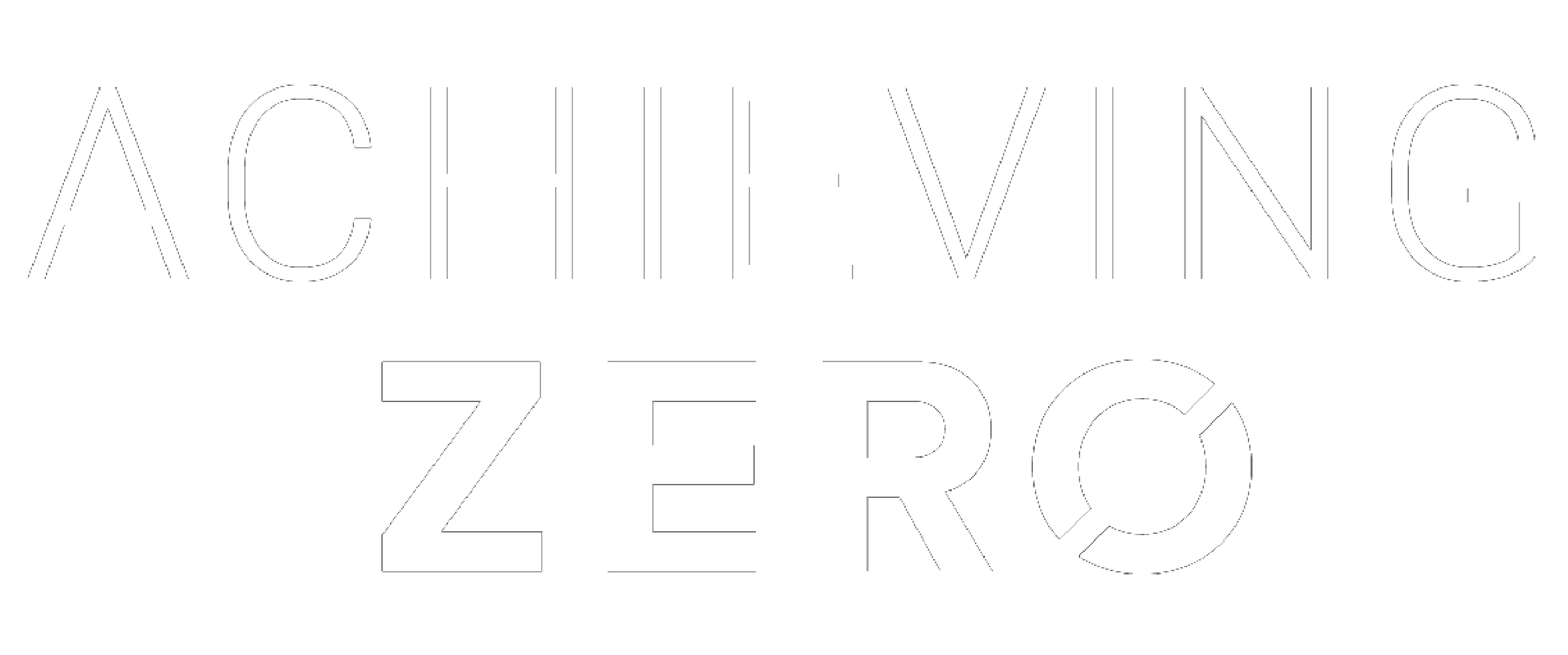RESOURCES
Local policy implementation should be informed by a detailed city analysis. However, the following policy precedents can provide inspiration and guidance on policy implementation and success.
Building intervention points represent key points in the lifespan of a building where there is potential to align and integrate building energy upgrades with existing capital improvement and major renovation cycles. Establishing policies at these points is a key strategy for accelerating building energy upgrades, both in frequency and impact.
Policymakers can gain planning efficiencies by leveraging and integrating climate goals into other city initiatives.
RESOURCES
ADDITIONAL TOOLS AND RESEARCH:
Zero Tool
The Zero Tool allows users to determine a building’s progress to zero-net-carbon, normalizing building performance by climate, space type, and building size. The Zero Tool is applicable to new and existing buildings.
Code Visualizer
The Code Visualizer uses a linear scale to allow users to compare the relative performance of national and local codes, performance standards, and rating systems against a Zero-Net-Carbon building target. Values on the scale are based on zEPI and the HERS Index.
Zero-Net-Carbon Buildings Definition
In collaboration with Rocky Mountain Institute (RMI) and New Buildings Institute (NBI), Architecture 2030 issued the Zero Net Carbon (ZNC) definition, which has been recommended as the critical target for all new and existing buildings to achieve by 2050 in order to meet the goals of the Paris Agreement.
Achieving 80×50 (2015)
A practical and powerful plan, based on the Achieving Zero framework, to ensure that New York City can reach bold and necessary emissions reduction targets through transformation of the city’s building stock.
Roadmap to Zero Emissions (2014)
A plan outlining the emissions reduction targets needed in the global building sector to avert dangerous and irreversible climate change, submitted in preparation for COP21.




